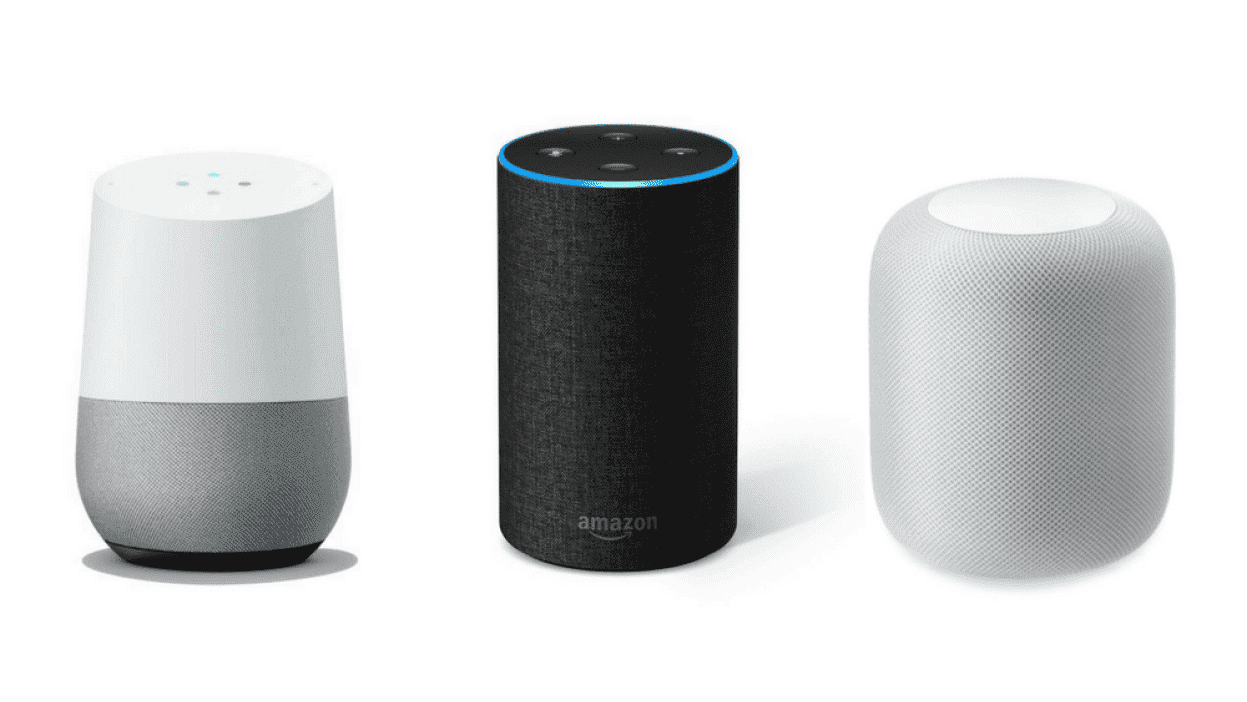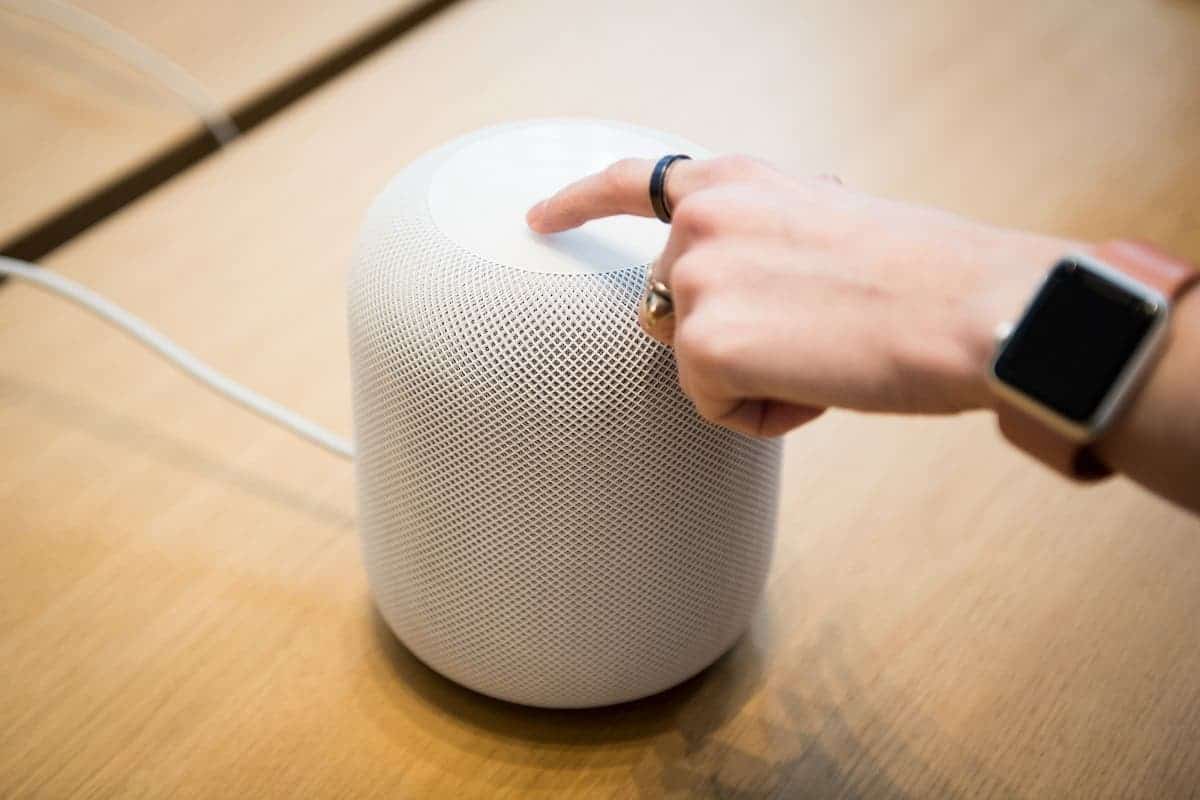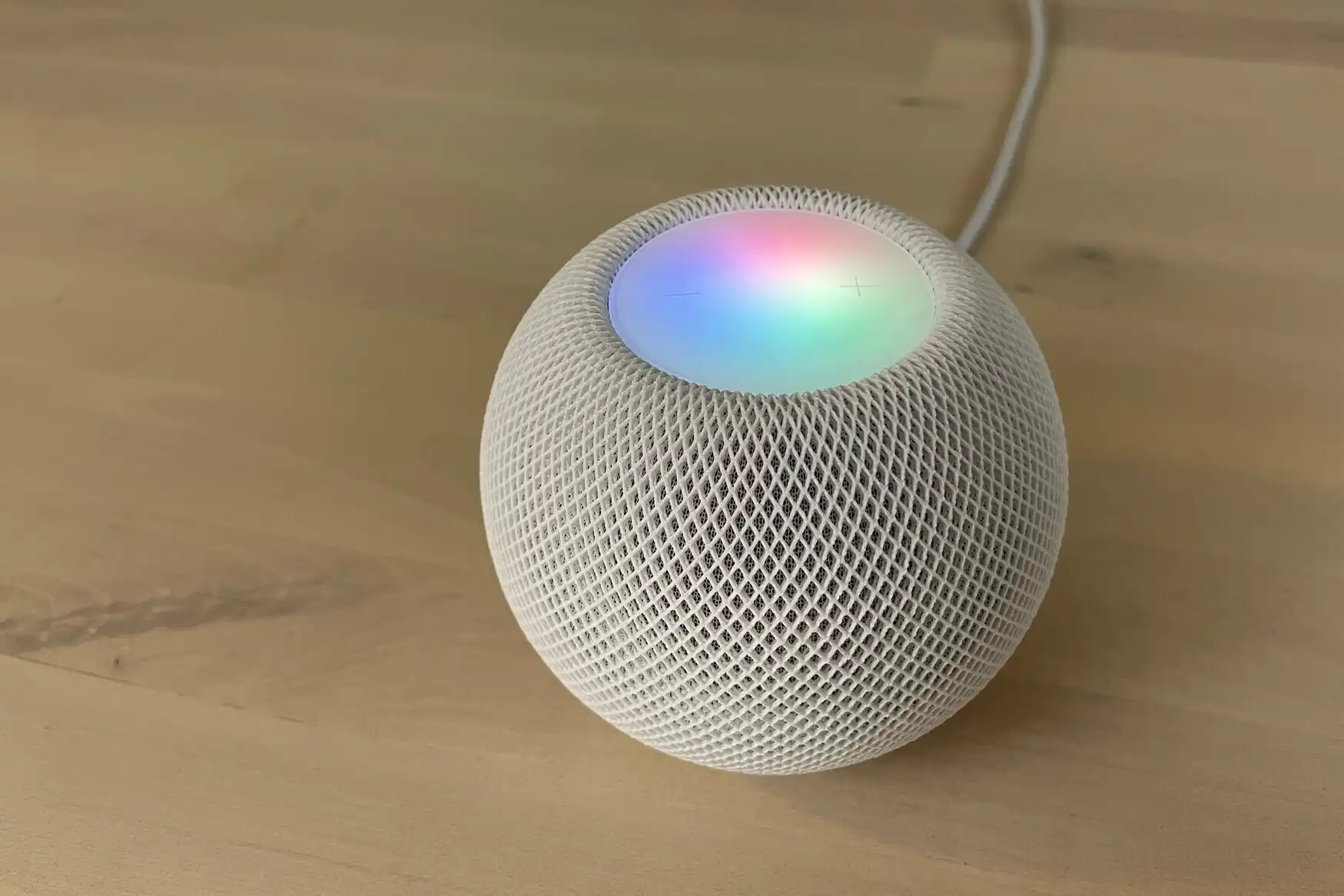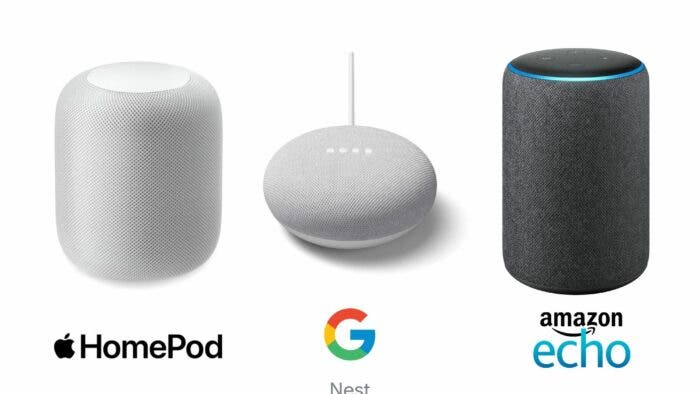The HomePod’s comeback was only the beginning. Apple would be getting ready to take over your home with a number of goods. Such as connected screens, an iPad type that could be mounted to a wall or used on a stand. Apple is taking over your house once more! The company recently revived the HomePod, but it has other, far more ambitious plans to take over your entire house.
Apple is preparing to take over Amazon Echo Show

Mark Gurman, who continues to read Apple like an open book, does actually suggest that the Cupertino company is working on various things to fight Amazon and Google. One would be a more advanced Apple TV, which is anticipated in the first half of 2024. While the other would be a gadget with a touchscreen for home automation. In other words, Apple would make an attack on the screen based connected device market from which it has previously stayed away.
An initial product, which could resemble a budget iPad, would signal the entry into the world of connected screens. It may enable FaceTime chats, play films, and regulate the lighting and temperature throughout your house. Once positioned on its Dock, users can readily assume that this device will find a way between that designed by the Amazon Echo Show and the Google Pixel Tablet. The tablet from the Mountain View company got a little reveal over the past year but is not yet available on the market.
Home automation is the only thing that matters

Apple would also think about making an iPad dock, which would offer at least two benefits. First of all, to maintain it charged at all times, which is not always the case for a device that the entire family can use and that is occasionally abandoned without thought for its level of power – yes, we are thinking of you kids… Then, given Apple’s tablets already have capabilities in this area, it might be a way to offer it greater traction and significance in the home as a hub for home automation.
Apple is honoring its promise and is now incorporating Matter into its products. As we saw recently with the new HomePods. The protocol intends to standardize every component of the home automation that has been put in our homes for a few years, including lights, thermostats, etc.
Mark Gurman suggests that this “tablet” for the home may attach to a wall or another surface using a system of magnets. Which would divert it from its traditional function as a tablet. Apple would have also given larger connected screens for the home some thought. Are screens so large they could as well be little TVs? However, Steve Jobs claimed in his book to have uncovered the mystery of the TV of the future. And we are still waiting for it. However, nothing is available in this sense until now.
Siri will be the core of Apple’s strategy

Siri will undoubtedly be a part of Apple’s strategy to control your house. Which has been ignored by the company up until now. The voice assistant already makes it easy —though not necessarily the most efficient—to swiftly control your home’s lighting or start a show on Apple TV. It is evident that the assistant will need to develop, become more trustworthy, and have more potential.
Home automation might however become more popular if it is getting a combination with new sensors. Such as those that measure the temperature and humidity in the air. These sensors are currently included in the new HomePods. And will soon be available in the HomePod mini via an update (iOS 16.3).
Once more, Apple will rediscover its voice and hone its skills in the integration of hardware and software. Although somewhat tarnished recently, its proactive approach to protecting personal data may provide it a competitive advantage.
There are just two problems that need a solution. The first is settling on the proper form factors for our home’s various rooms. The second is pricing things such that as many people as possible will take the risk. The HomePod mini, which is significantly less expensive, has entered many households in place of the considerably more expensive and significantly more powerful HomePod. Let’s hope that the upcoming devices will not cost us a fortune.
Apple HomePod vs competitors
One of the main advantages of the HomePod is its superior sound quality. It uses advanced audio technology, such as beamforming and room-sensing, to deliver high-quality sound that is tailored to the room it’s in. This makes it a great option for those who are looking for a high-quality speaker for music playback.
Another advantage of the HomePod is its integration with Apple’s ecosystem of devices and services. If you already use an iPhone, iPad, or Mac, the HomePod can easily connect to your existing devices and services, such as Apple Music and iCloud, to provide a seamless and personalized experience.
However, the HomePod does have some limitations when compared to its competitors. One of the main disadvantages is its lack of compatibility with non-Apple devices and services. For example, it cannot connect to Spotify or other music streaming services, and it cannot be controlled by non-Apple smart home devices.
Another disadvantage is its high price. At $299, the HomePod is significantly more expensive than other smart speakers on the market, such as the Amazon Echo and Google Home.
The Amazon Echo on the other hand is a smart speaker with a virtual assistant, Alexa, built in. It can be used to play music, set alarms, control smart home devices, make phone calls, send messages, and much more. With the ability to connect to thousands of different “skills” or apps, the Echo can also provide news and weather updates, answer questions, and even order groceries. Additionally, the Echo has the ability to recognize multiple users’ voices, allowing for personalized experiences for each member of a household. Echo devices also come in a variety of form factors, such as the Echo Dot, Echo Show, and Echo Studio, each with their own unique features and capabilities.
Apple HomePod’s main features:
- Siri voice control and assistance
- HomeKit support for controlling smart home devices
- High-quality audio with a large woofer and seven beam-forming tweeter
- Multi-room audio and stereo pairing
- Integration with Apple Music and other streaming services
- Automatic room-sensing technology to optimize sound
- Privacy and security features such as on-device processing and end-to-end encryption
- Handoff feature to seamlessly switch between devices
- AirPlay 2 support for streaming audio from other Apple devices
- Phone calls and messages hands-free
- Set timers, alarms, and reminders
- Provide news, sports, and weather updates
- Answer questions and provide information
- Play music, podcasts, and audiobooks
- Control home automation devices.
In summary, the Apple HomePod is a high-quality smart speaker that is designed to work with Apple’s ecosystem of devices and services. It offers superior sound quality and seamless integration with Apple’s ecosystem, but it does have some limitations in terms of compatibility and cost when compared to its competitors.





